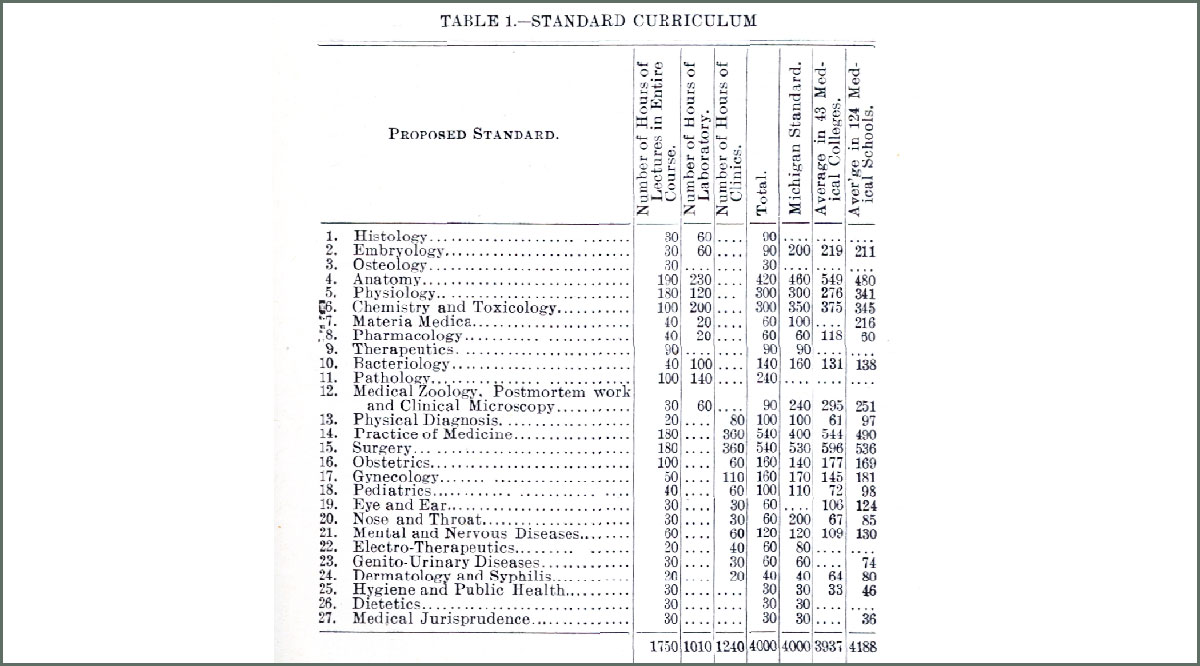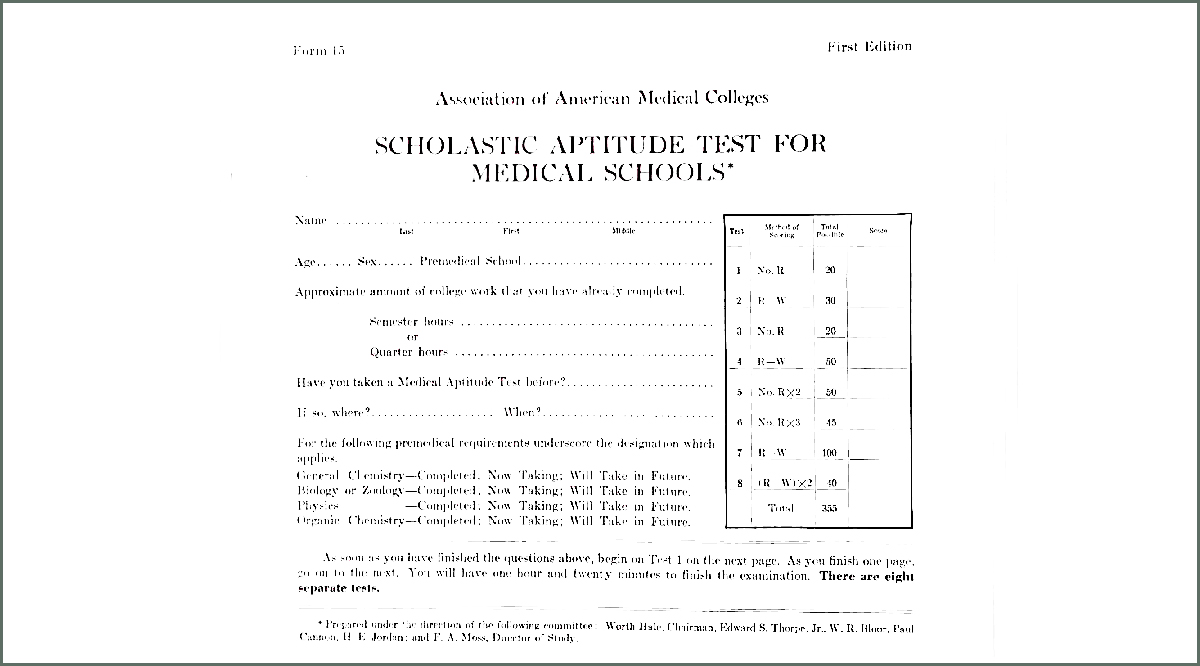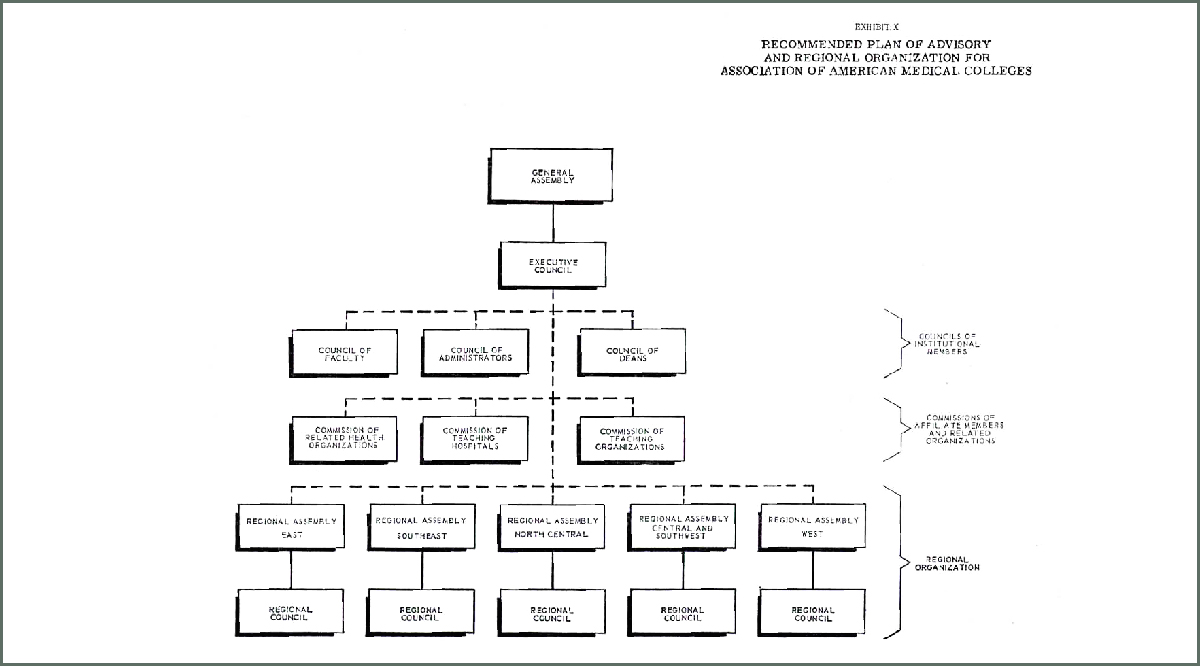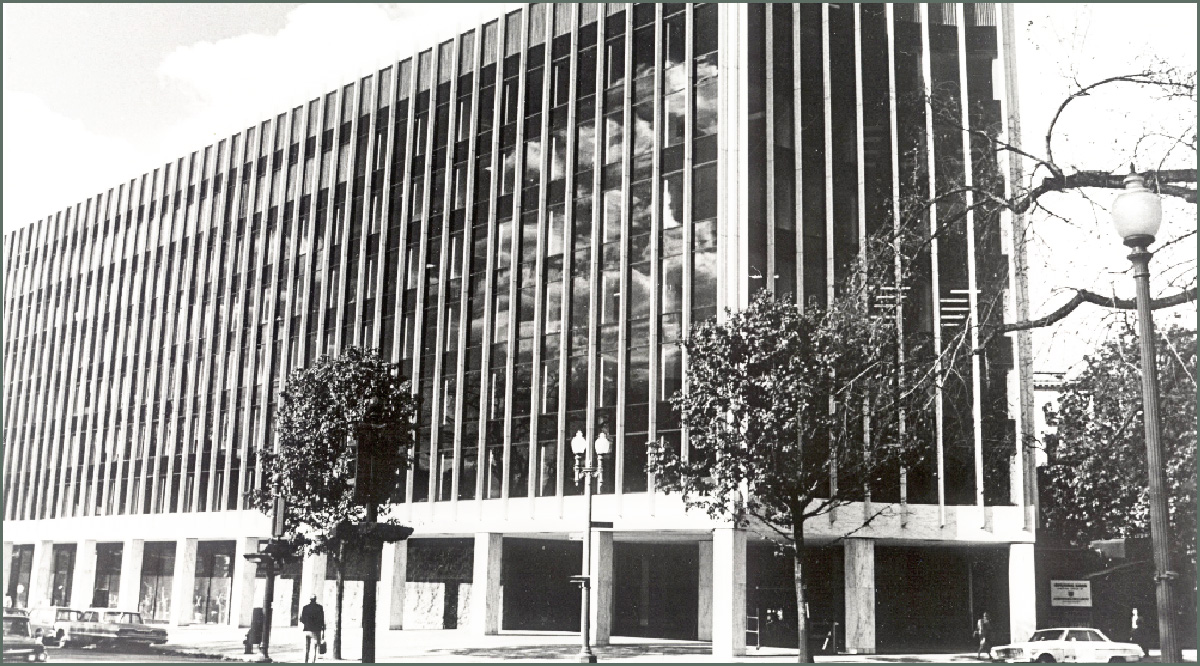AAMC History
The AAMC was founded in 1876, when a group of deans and faculty met at the Jefferson Medical College in Philadelphia to discuss the state of medical education in the U.S.
At that time, medical education was largely unregulated and of widely varying quality, leading to a lack of trust in the medical profession. This group of educators established basic practices for medical schools. The annual meeting of the AAMC became a forum for medical school deans to discuss issues related to medical education.
In recent decades, the most visible work of the AAMC may be the services related to selection of applicants for medical school and residency. The association develops and administers the Medical College Admission Test (MCAT©), which is required for admission to medical school; the American Medical College Application Service (AMCAS), through which applicants may apply to multiple medical schools with a common application; and the Electronic Residency Application Service (ERAS), through which medical students may apply for residencies and fellowships.
Today, the AAMC survives and thrives, a testament to medical schools' impetus to provide the best possible education for tomorrow's doctors. Although the improvement of medical education is still its core purpose, the AAMC's agenda now also encompasses the biomedical research that underpins that education, the health care system that reaps its benefits, and the management of the medical schools and teaching hospitals where that education occurs.
1876
The AAMC was founded in 1876 at the Jefferson Medical College in Philadelphia.

1905
AAMC membership adopts a standard curriculum of 4,000 hours – a forerunner of accreditation.

1910
The Flexner Report calls for major reforms to medical education, including higher admission standards, adherence to the scientific method in research and practice, and oversight by state licensure boards.
1919
AAMC and AMA begin joint medical school inspections.
1942
The AAMC and the American Medical Association form the Liaison Committee on Medical Education (LCME), which accredits all M.D.-granting institutions in the U.S., and publishes standards and guides relating to the teaching and training of physicians.

1947
The AAMC officially sponsors and administers the Medical College Admission Test (MCAT) for the first time.

1965
The Coggeshall Report recommends several changes to the AAMC, transforming the association from a ‘deans club’ to an organization representing the constituencies of academic medical centers and a force for reform in medical education.
1969
John A.D. Cooper, MD, PhD, is appointed the first full-time, salaried president of the AAMC.

1970
AAMC moves its headquarters to Washington, D.C.
The American Medical College Application Service (AMCAS) is created, and allows applicants to apply to multiple medical schools through a single application.
1976
AAMC celebrates 100 years of service.
1986
AAMC receives a grant to develop a database on teaching hospitals, which later becomes COTH Annual Survey of Hospitals’ Financial and General Operating Data.
1995
The Electronic Residency Application Service (ERAS) is developed, allowing medical students to apply for residencies and fellowships.
2014
AAMC moves into new headquarters building featuring a dedicated learning center for staff and constituents.
2015
MCAT standards revised.
AAMC Past Presidents
Learn MoreFoundations of AAMC History Collection
These digitized records are selected from various AAMC archives.
Mary H. Littlemeyer Archives
The archives contains records related to the history, governance, and activities of the Association of American Medical Colleges. Members and other qualified researchers are welcome to make an appointment to use the archives collections.